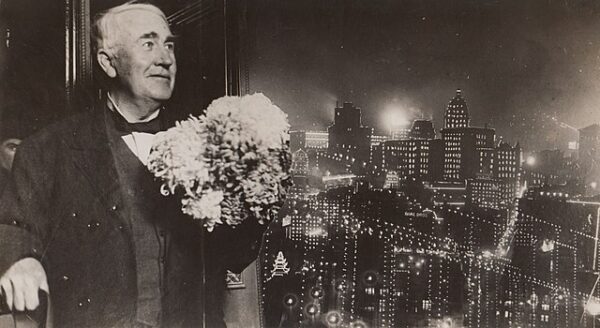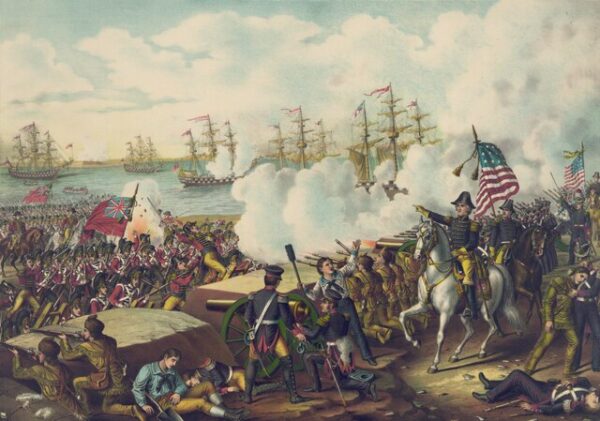On October 15, 1878, Thomas Edison, America’s greatest inventor, went into business. His new company The Edison Electric Light Company, played a pivotal role in the development and commercialization of electric lighting technology in the late 19th century. Edison had been working on electric lighting for several years before establishing the company that would eventually lead the great electricity revolution.
Edison’s most notable invention, the practical and long-lasting incandescent light bulb, became the cornerstone of the company’s success. This invention marked a significant advancement in lighting technology, replacing dirty and ineffective gas and oil lamps with a reliable and efficient source of artificial light for homes and businesses.
Funds earned by the company helped fund Edison’s lab and became the primary holder of his patents.
In 1879, the Edison Electric Light Company’s headquarters was established in New York City. Edison’s business acumen and marketing skills helped create a buzz around the incandescent bulb. He staged public demonstrations, including the famous lighting of Menlo Park, New Jersey, which brought him widespread recognition and attracted investors. Edison’s approach was not just about inventing the technology but also making it accessible to the public. This led to the rapid expansion of the company and the electrification of urban areas, transforming the way people lived and worked.
The Edison Electric Light Company faced competition from other inventors and companies in the electric lighting industry, including the Westinghouse Electric Company, which promoted alternating current (AC) technology. The “War of the Currents” emerged as a fierce rivalry between Edison’s direct current (DC) system and the AC system championed by George Westinghouse and Nikola Tesla. This battle ultimately led to the adoption of AC as the standard for long-distance power transmission, but Edison’s contributions to electric lighting and power distribution remained significant.
By 1892, the Edison Electric Light Company merged with the Thomson-Houston Electric Company to form General Electric (GE), a conglomerate that would go on to become one of the world’s leading electrical and industrial corporations.
General Electric has ever since operated as one of America’s most important and innovative companies, developing the field of electrical engineering and playing a pivotal role in shaping the modern life.
During World War II, writes The New York Times, General Electric supplied the United States military with executives and equipment manufacturing. In the postwar boom, G.E. sold appliances that helped free America’s housewives from the kitchen. And in the 1980s, Jack Welch, then the chief executive, expanded the company into media and Wall Street. Throughout, G.E. amassed a library of patents. Below are a few of the company’s notable products and periods.”
The legacy of the Edison Electric Light Company is not just the widespread use of incandescent bulbs but also the foundation it laid for future advancements in electrical technology, which continue to impact our lives to this day. The company would go on to create thousands of new inventions that we use everyday, ranging from x-ray machines and CT scanners to developing electric stove tops and even nuclear energy.
It all started when Thomas Edison turned on the lights this day in 1878.






